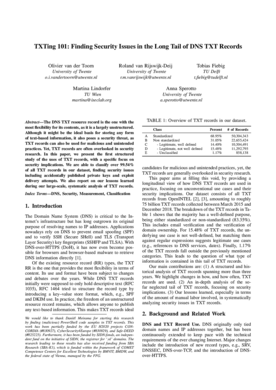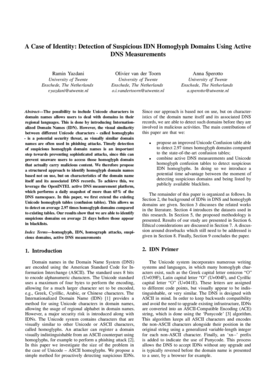Backlinks are bad because they do not provide any additional information. Rather they take away in cognitive performance because there is another link you might follow. Rather links should come from a natural flow, because the note builds on a previous note, for example. Or to include an idea from another note.
I’ve come to believe that linking keywords within the idea to other notes is a better approach than a list at the bottom linking back and forth.

